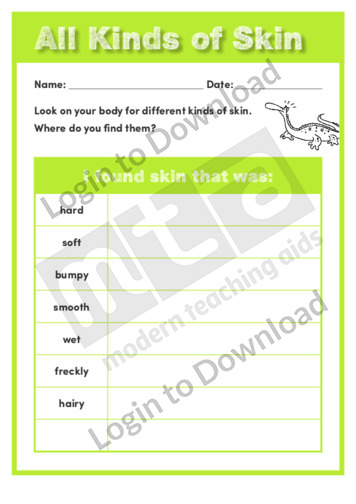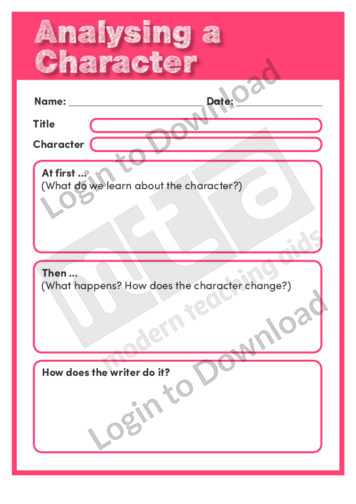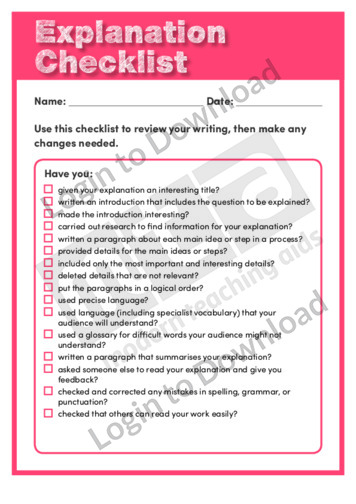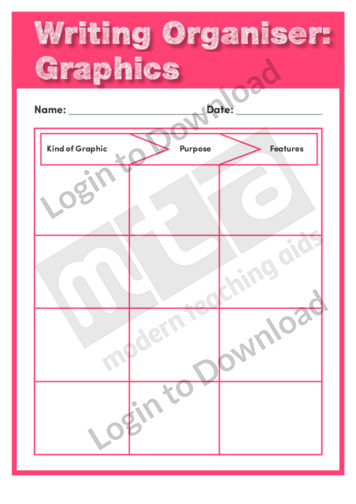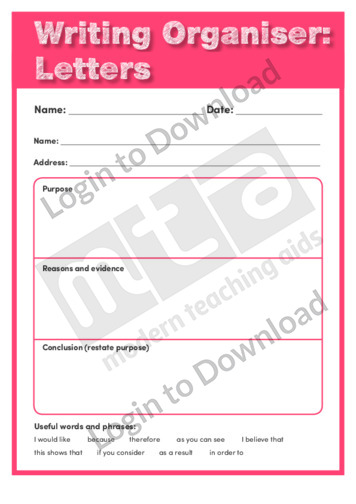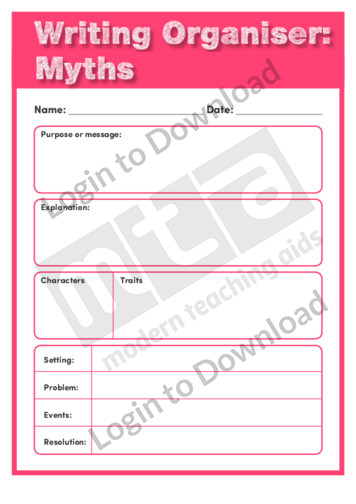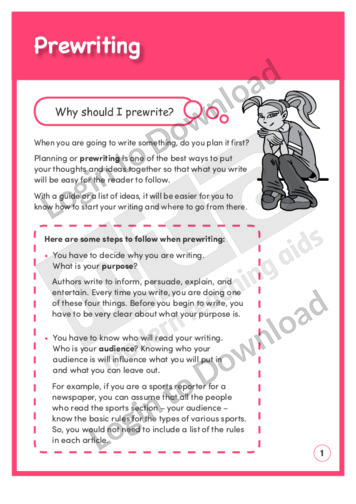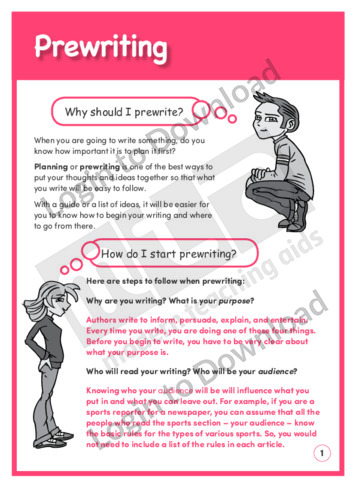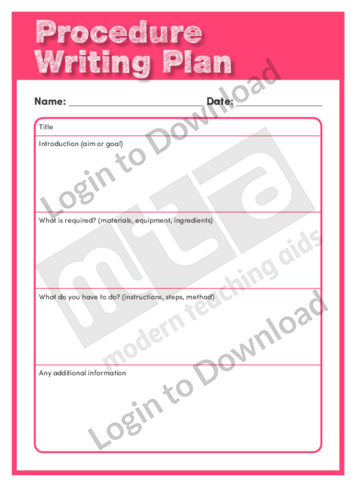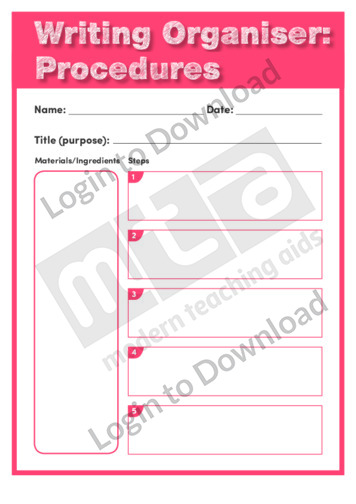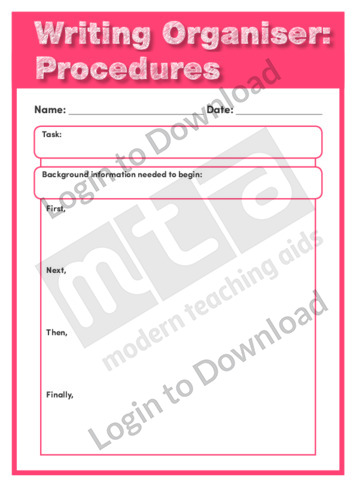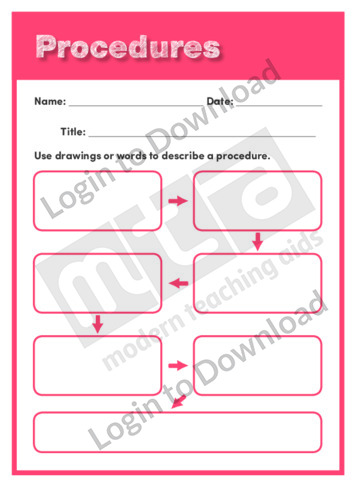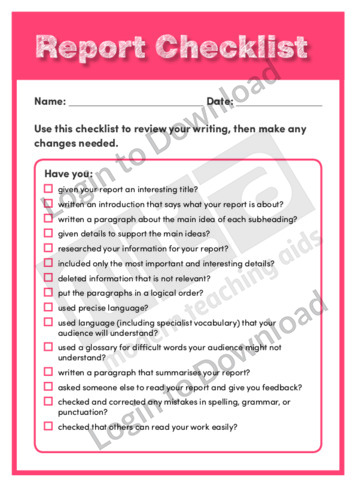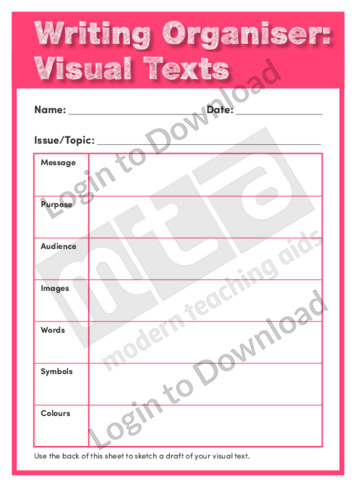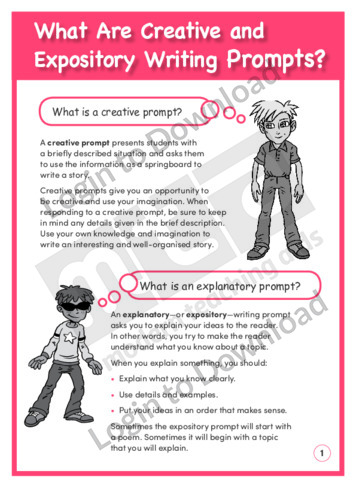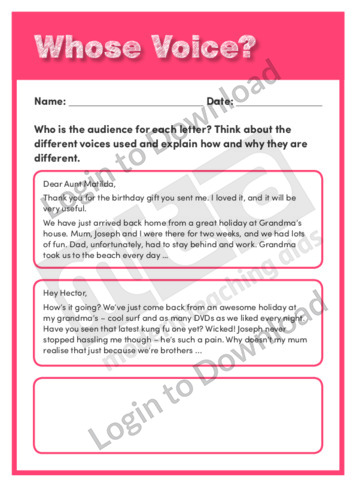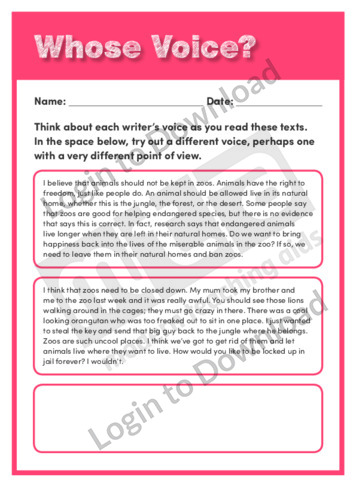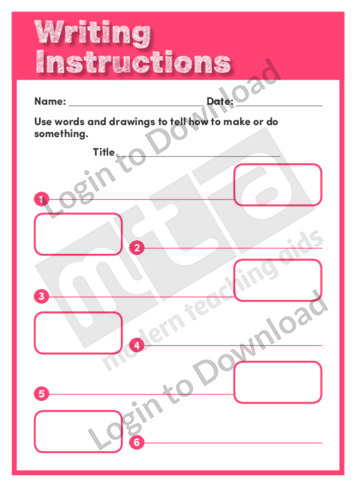This writing organiser ‘Advertisements’ supports students to plan for writing an advertisement.
This life science worksheet, ‘All Kinds of Skin’ asks students to identify different kinds of skin on their own bodies. It supports an understanding of the human body.
This graphic organiser, ‘Analysing a Character’ supports the teaching of comprehension and reading strategies by prompting students to explore how and why a character changes over time in a story.
This quick reference guide, ‘Evaluating Your Own Writing’ supports students to self-assess their writing.
This Assessment Item, ‘Explanation Checklist’ can be used by students to self-assess their writing of explanations.
This writing organiser ‘Graphics’ supports students to plan for the graphics that will support their writing.
This writing organiser ‘Letters’ supports students to plan for writing a formal letter.
This writing organiser ‘Myths’ supports students to plan for writing or retelling a myth.
This graphic organiser, ‘Paragraphs’ supports students to revise their writing by checking that their paragraphs are well-structured.
This Assessment Item, ‘Persuasive Writing Checklist’ can be used by students to self-assess their persuasive writing.
This quick reference chart ‘Prewriting’ helps students to plan and organise their ideas before they write. It introduces students to the principles of prewriting and the steps to follow, including planning for the purpose, audience, organisation and style of their text before starting to write. It also provides a checklist for good writing that includes …More
This quick reference chart ‘Prewriting’ helps students to plan and organise their ideas before they write. It introduces students to the principles of prewriting and the steps to follow, including planning for the purpose, audience, organisation and style of their text before starting to write. It introduces students using a list and outline as ways …More
This graphic organiser, ‘Procedural Writing Plan’ supports the teaching of writing by giving students a template for planning the features of a procedure.
This writing organiser ‘Procedures’ supports students to plan for writing a procedural text to show how to do or make something.
This writing organiser ‘Procedures’ supports students to plan for writing a procedural text to show how to carry out a task.
This graphic organiser, ‘Procedures’ supports the teaching of writing by giving students a template for recording the steps in a procedure.
This graphic organiser, ‘Procedures’ supports the teaching of writing and science experiments by giving students a template for recording the steps in a procedure.
This log, ‘Publishing Tracker’ encourages students to keep track of their publishing record.
This Assessment Item, ‘Report Checklist’ can be used by students to self-assess their report writing.
This quick reference chart ‘What Are Creative and Expository Writing Prompts?’ shows students how best to respond to such prompts. It introduces students to the principles of creative and expository writing and how to consider topic, audience and purpose before they begin to write.
This quick reference chart ‘What Are Creative and Expository Writing Prompts?’ shows students how best to respond to such prompts. It introduces students to the principles of creative and expository writing and how to consider topic, audience and purpose before they begin to write.
This worksheet, ‘Whose Voice?’ gives examples of texts written for different audiences. Students explore how and why they differ.
This worksheet, ‘Whose Voice?’ gives examples of texts written for different audiences. Students explore how and why they differ.
This graphic organiser, ‘Writing Instructions’ supports the teaching of writing and science experiments by giving students a template for recording the steps in a procedure.
This writing organiser ‘Explanations’ supports students to plan for writing a text that explains ‘how’ or ‘why’.
It�s that easy!


